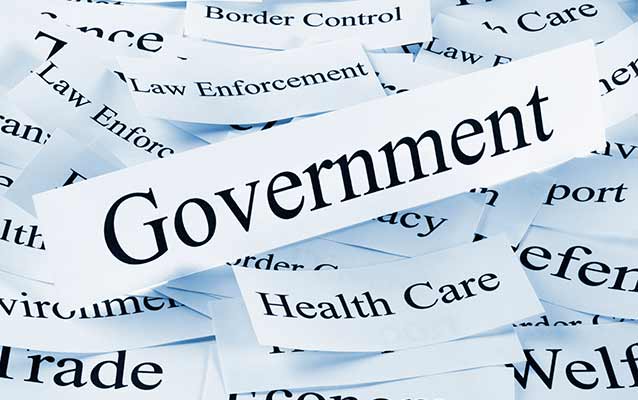Unpacking Political News
- The first portion of the chapter reviews the impact of journalistic routines on political news-gathering.
- The second part looks at the role played by organizational forces, a topic that brings us eyeball to eyeball with controversies involving Fox News.
- The third section explores the ways that an array of economic factors shape news.
- The final portion describes the complex ways that the larger political system influences news, particularly coverage of recent wars.
MEDIA ROUTINES
What are media routines?
They are defined as “those patterned, routinized, repeated practices and forms that media workers use to do their jobs”. From a professional perspective, routines enable reporters to gain information efficiently, providing tried-and-true methods to determine which information should pass through the informational gates and which should be discarded.
There are three key routines:
(1) Ethically based and journalistic news values;
(2) Reliance on sources;
(3) Dependence on informational channels.
News Values
According to Society for Professional Journalists, 1996
- seek truth and report it, in ways that are honest, fair and courageous;
- act independently, by remaining “free of obligation to any interest other than the public’s right to know”; and
- Minimize harm, showing respect to sources and compassion to those who might be adversely affected by news stories.
Social significance. News covers events that are deemed to be high in social significance,
Deadlines. A newspaper must come out the next day, a television network’s web or Facebook pages need to be regularly updated to reflect changing events, and journalists continually update blogs
Novelty. Information is newsworthy when it emerges from new, novel, and unusual developments.
Conflict. News thrives on conflict. Conflicts between groups.
Pack journalism and feeding frenzies. When reporters smell a scandal or controversy involving a public official, they can move voraciously, collectively pursuing new leads, and covering the story non-stop, until the official replies or resigns, or there is no longer news to report. Scholars call this a “feeding frenzy”
Negative information. Events are deemed newsworthy when they deviate from the norm. Because people expect or hope that life will turn out nicely in the end, favorable outcomes are not newsworthy. Positive events are the norm; bad news is unexpected and, consequently, it receives more coverage.
Who Says It: Sources and Channels
Sources: “News is not what happens, but what someone says has happened or will happen,” Reporters rarely are able to witness events firsthand, but instead must rely on the observations of others. The others on whom they depend are called sources, and these sources are invariably highly placed government officials.
Channels:
There are three informational channels:
Formal channels include official proceedings
Informal channels consist frequently of background briefings.
Enterprise channels include investigative reports, such as in-depth exposés of corruption, as well as long interviews with an elected official, initiated by the reporter, and spontaneous events witnessed first-hand.
ORGANIZATIONAL FORCES
Organization can influence the direction reporters take on stories and the particular theme that a series emphasizes.
Socialization: When journalists begin working at a news organization, they quickly learn what is expected of them, internalizing the explicit and implicit rules of the organizational culture.
Sociologist Warren Breed conducted a landmark study of “social control in the newsroom,” exploring the processes by which a news organization socializes its reporters, communicates social roles, and conveys rules for advancement. Breed concluded that “when the new reporter starts work he is not told what policy is. Nor is he ever told.” Instead, he learns policy “by osmosis,”
ECONOMIC INFLUENCES
In a free enterprise capitalist system, economic factors shape the news in a host of ways.
At a basic level, as two scholars notes:
Markets are the mechanism whereby supply and demand are brought into balance.
The marketplace rewards news media which produce a product that meets market
demand . . . If the market demands sensationalism, then that’s what it gets. If the
market demands a particular political interpretation of events, that’s what it gets
. . . This is simple media economics. (Shoemaker & Vos, p. 76)
Three market factors influence news content:
- Audiences (What is the trend or interest of Audience)
- Economic development interests (News executives are acutely aware of the ways that civic developments, like convention centers, sports stadiums, and museum complexes, can help the metropolitan region. They also recognize that these developments can benefit the newspaper or local TV station.)
- Macro financial markets. (When A News Media organization get worth and profit they distribute bonuses which boost the quality of work and assignments)
POLITICAL AND SOCIAL SYSTEM INFLUENCES
Communication scholars remind us that “the press always takes on the form and coloration of the social and political structures within which it operates (Siebert, Peterson, & Schramm, 1973, p. 1). Political news is profoundly shaped by the nature of a nation’s economy, its political system, relations among economic and political institutions, and an ideological world-view (Hallin & Mancini, 2004).
